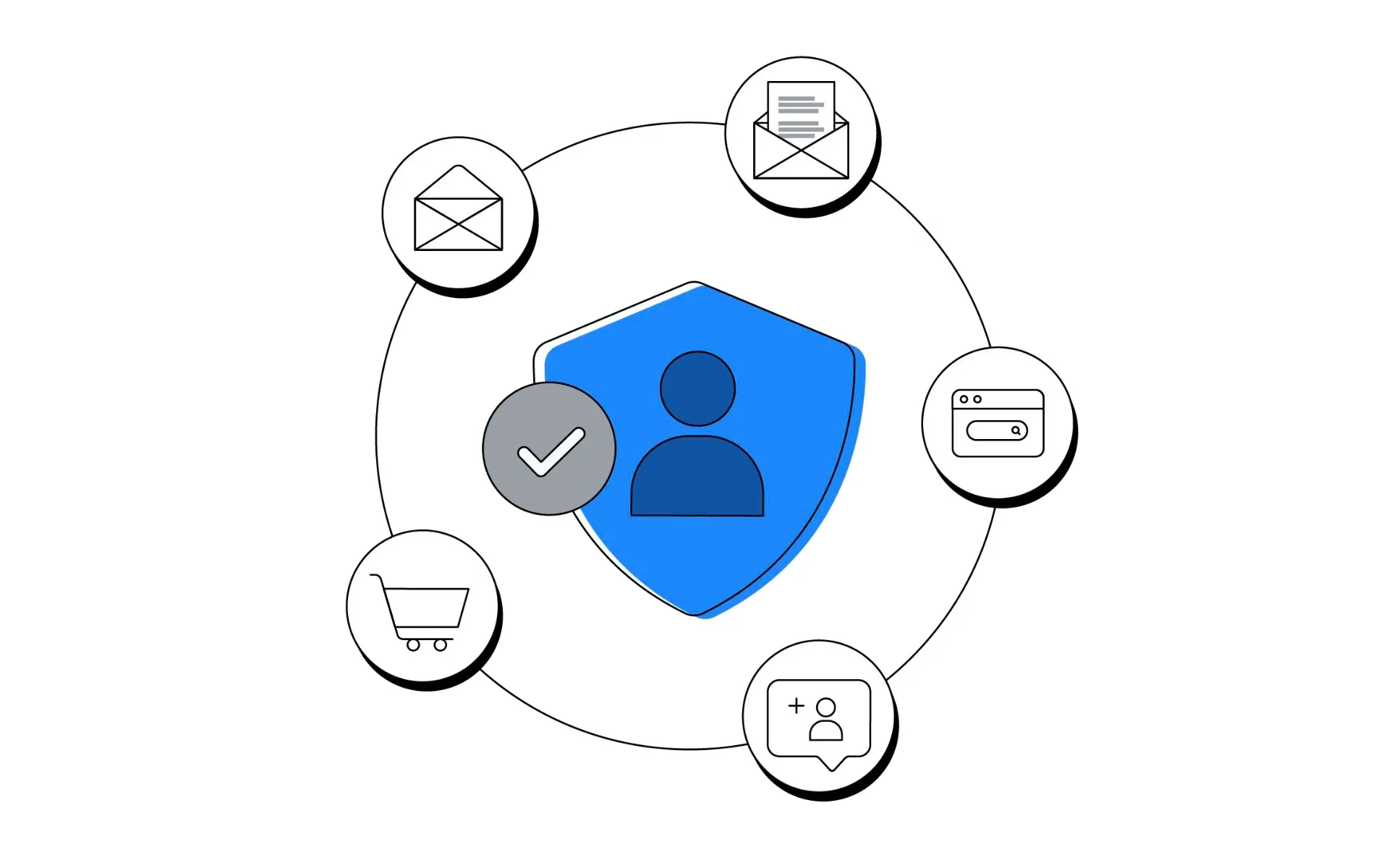First-party data becomes crucial for business growth in 2025
New Google playbook highlights how businesses can leverage first-party data to drive profitable growth amidst privacy changes.

The importance of first-party data for business growth has taken center stage as Google releases its latest playbook. According to the document, businesses must focus on finding more valuable customers than competitors to maintain sustainable growth in an increasingly complex market environment.
The playbook, titled "First-Party Data Activation Playbook," outlines three fundamental requirements for businesses to achieve profitable growth. According to the document, organizations need to closely connect their business objectives with customer acquisition processes, establish robust measurement fundamentals, and leverage artificial intelligence to identify profitable customers across channels.
The shift toward first-party data comes at a critical time. According to the playbook, traditional third-party data from browsers is becoming less accurate and raises privacy concerns. This transformation requires businesses to capture and activate their own customer and business data, also known as first-party data (1PD).
The document defines first-party data as comprising two main categories: business data, including profit margins, stock levels, and store locations; and customer data collected with appropriate consent, such as email addresses and site visitor information. This distinction helps organizations understand what data they can leverage for growth.
A significant component of the strategy involves establishing proper governance. The playbook recommends creating a steering committee (Steerco) of relevant stakeholders. This committee should include the Chief Marketing Officer and Chief Financial Officer as sponsors, along with representatives from performance media, measurement, data science, and marketing technology teams.
The steering committee's mandate encompasses three critical areas. According to the document, they must prioritize technical and skill resources for data access, ensure measurement solutions align with accepted value reporting methods, and identify appropriate activation methods through internal teams or external partners.
For organizations lacking internal resources, the playbook references research from the Boston Consulting Group indicating that partnerships play a crucial role. The research reveals that 50% of digitally mature brands maintain partnerships for capabilities such as content, measurement, attribution, and privacy management.
The implementation process follows a maturity curve, starting with revenue-focused objectives and progressing toward more sophisticated goals. The document outlines five stages: driving revenue, achieving omnichannel value, maximizing profitable sales, mitigating profit losses, and ultimately driving profitable customer relationships.
Technical implementation requires specific tools and approaches. The playbook details four key solutions for improving data quality: Google Tag Manager for dynamic tracking, GA4 for reducing third-party cookie reliance, Measurement Protocol for offline conversion value calculations, and server-side GTM for enhanced security and privacy controls.
The document emphasizes the critical role of measurement in understanding campaign performance. According to the playbook, measurement tools should compensate for data loss due to reduced observable data, utilize AI-powered solutions for pattern recognition and predictions, and implement best practices for maximizing performance and profit.
For measuring improvement in profitability, the playbook identifies six key factors: KPI selection, measurement frequency, type of change being measured, strength of evidence required, decision window, and required resources. Different measurement tools, from Marketing Mix Modeling to Pre/post Analysis, serve various purposes depending on these factors.
Organizations implementing profit-based bidding strategies must carefully consider their Return on Ad Spend (ROAS) targets. The playbook illustrates how higher ROAS targets might increase profit per conversion but potentially reduce total profit due to decreased volume. Finding the optimal balance requires using tools like Performance Planner and Target Landscapes in Google Ads or Bid Strategy Forecasts in SA360.
The document concludes by emphasizing the importance of structured measurement processes. According to Peter Drucker's principle cited in the playbook, "You can't improve what you don't measure." This approach requires forming clear hypotheses, setting specific KPIs and goals, selecting appropriate measurement tools, and executing carefully planned tests.

